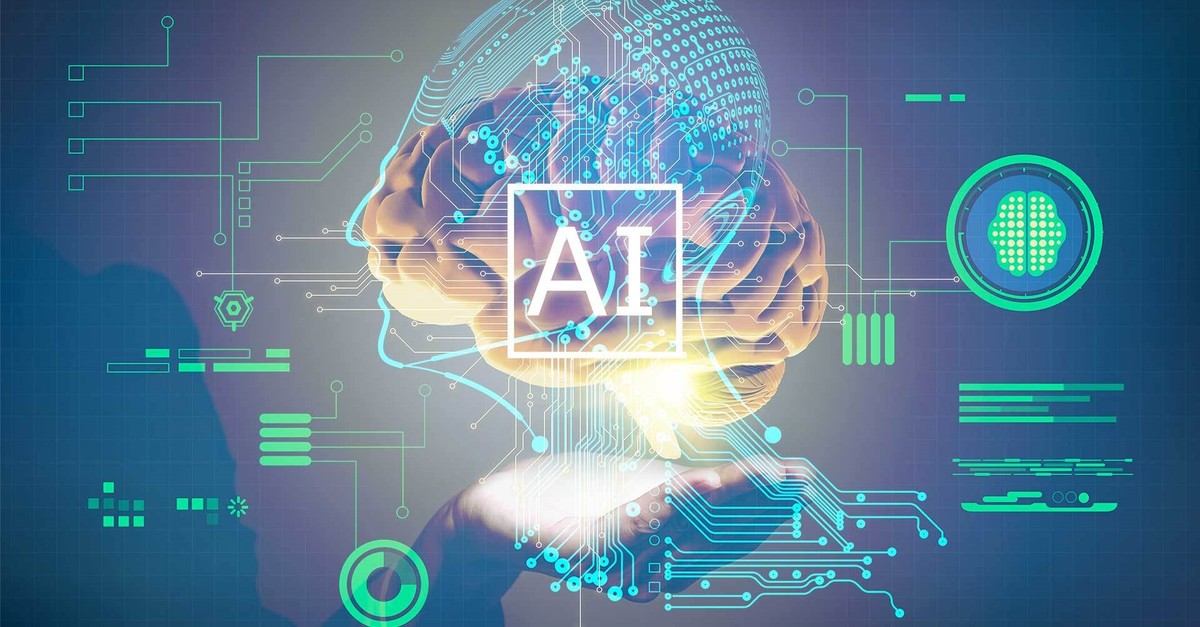Top 5 AI Trends for 2024

Did you know that the global AI market is expected to reach a staggering $190.61 billion by 2025, growing at a compound annual growth rate of 36.62 percent? AI software is rapidly transforming our world, and this trend is only going to accelerate in the years to come. Let’s dive in into the future of artificial intelligence with our guide to the top 5 AI trends poised to revolutionize 2024.
1. Generative AI: The most disruptive trend of the decade
Generative AI (GenAI) is a type of artificial intelligence that can generate new creative content, such as text, code, scripts, musical pieces, emails, letters, etc. GenAI models are trained on massive amounts of data, and they are able to learn patterns in the data and use those patterns to generate new outputs. Almost all images in this article were generated using Bing’s built-in Chat GPT-4 & DALL-E 3. This entire text was written with the help of Google’s Bard and Chat GPT-3.
Generative AI won’t replace writers and graphic designers (DALL-E 3 still can’t get the words right in the images it generates); however, it dramatically speeds up the entire process by generating images and text, rephrasing, making it shorter, longer, or simpler, and by fact- and grammar-checking it. The trend of generative artificial intelligence speeding up work applies to any job and activity. It offers the potential to automate tasks, boost productivity, reduce costs, and offer new growth opportunities. That’s why the widespread availability of AI content-creation tools that democratize access to information and skills makes it one of the most disruptive trends of this decade. Gartner predicts: by 2026, the adoption of generative AI is expected to skyrocket, with over 80% of enterprises incorporating generative AI APIs, models, and applications into their operations, up from less than 5% currently.
2. Augmented working, BYOAI & Shadow AI
BYOAI (Bring Your Own Artificial Intelligence) is a new workplace trend where employees bring their own AI tools and applications to work. The increasing availability of affordable and easy-to-use AI tools and the growing demand for AI skills in the workforce drives this trend. Forrester reports that 60% of workers will utilize their own AI to perform tasks. There are many benefits to BYOAI, including increased productivity and innovation, improved employee satisfaction, and reduced costs.
While BYOAI is a great opportunity for workers, it might easily get out of control. Shadow AI, also known as Shadow IT for AI, refers to using artificial intelligence applications and tools within an organization without explicit knowledge or oversight from the IT department.
3. Open source AI
The 2023’s generative AI boom was mostly driven by the proprietary models of OpenAI. However, many organizations are now adopting open-source models, such as GPT-J. Open-source models are more transparent, flexible, customizable, and cost-effective than proprietary models. While it doesn’t mean that proprietary models will be soon gone, the future leaves more space for open-source solutions, with 85% of enterprises incorporating open-source AI models into their tech stacks, according to Forrester.
4. AI risk hallucination policy
While GenAI is a powerful tool, it also has the potential to produce false outputs that look as if they might be true. These false outputs are known as hallucinations. As GenAI becomes more widely used, there is a growing concern about the risk of hallucinations, and the demand for insurance coverage will increase. The market for AI risk hallucination insurance is still in its early stages, but it is expected to grow rapidly in the coming years. According to one of Forrester’s AI predictions for 2024, a major insurer will offer a specific AI risk hallucination policy. […] In fact, hallucination insurance will be a big money maker in 2024.
5. AI coding
According to Gartner, by 2028, three out of four enterprise software engineers will use AI helpers to write code. Just to compare: in early 2023, less than one out of ten software engineers used these helpers.
Why trending?
Artificial intelligence helps developers in various ways, such as:
- Automation of repetitive tasks (code generation, documentation formatting, application testing),
- Optimization of creative processes,
- Improving code quality,
- Support problem-solving.
With AI enhancing the development process so much, you should assume that everyone around you has already started to use AI tools to boost their productivity and time to market.
Soon, if not already, using AI coding tools will be a standard practice. Those who don’t embrace them in time will soon fall behind their competitors.
Origin Article: https://medium.com/@pragmaticcoders/ai-predictions-top-13-ai-trends-for-2024-4158d23efd78

